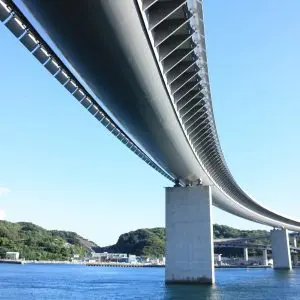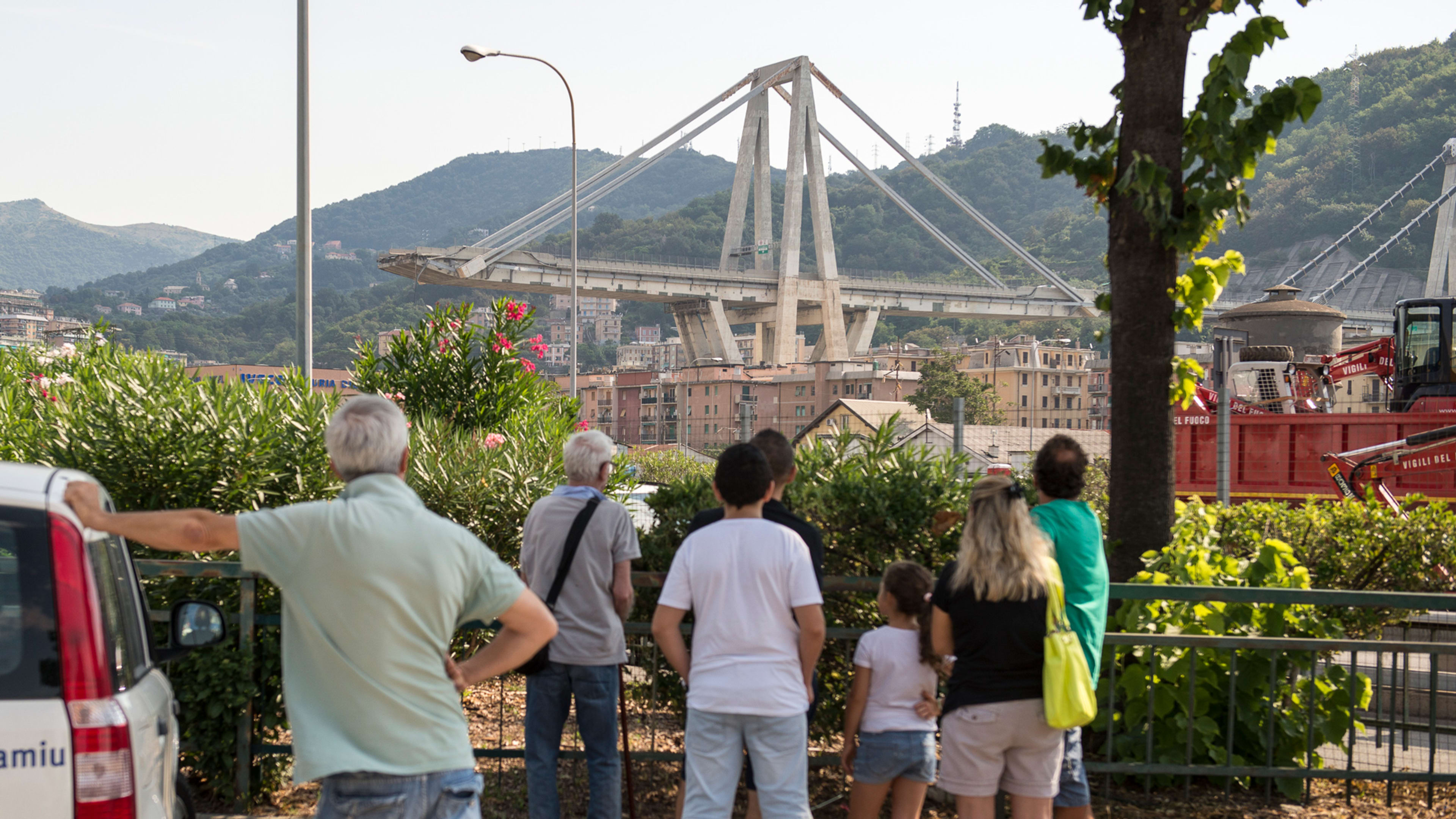Genoa is Italian architect Renzo Piano’s hometown–and after a bridge in the Mediterranean port city collapsed August 14, killing 43, Piano described himself as “overwhelmed” for his “wounded city.” According to The Guardian the architect, who won the Pritzker Prize in 1998 and has built structurally innovative buildings (and bridges) all over the world, is now pledging to help it rebuild with a new bridge.

Piano’s pledge may be more than a gesture by the country’s master architect–it’s also a call for unity by a senator, since Piano is one of six “senators for life” in the Italian Parliament, which means he has a tenured vote. The collapse of the bridge has turned up the heat on the political tension between Italy’s anti-establishment Five Star Movement, which as Bloomberg reports had opposed a highway project in Genoa that would have eased traffic on the bridge, and the anti-immigration party it shares power with, the League, which was for the building project. Five Star, which rose to power quickly over the past year, blamed the collapse on the private company responsible for maintaining the bridge, while the populist League cited EU policies.
The tragedy has become a picture window onto a fraught political moment for Italy–and according to The Guardian, Piano believes a new building project could be a symbol around which to rally. He described the theoretical project as a “positive moment of unity and cooperation.”
“It must be a place where people can recognize the tragedy in some way, while also providing a great entrance to the city,” he told the paper. “All this must be done without any sign of rhetoric–that would be the worst trap. But I think we will stay away [from that] and instead try to express real pride and values. That is what Genoa deserves.”
Whether or not Piano’s proposal for a new building project comes to fruition, his bigger point seems to be about the application of building science tools–the “diagnostics,” as he put it, that could have detected and perhaps prevented calamity in Genoa. As Italy’s populist parties struggle for control, infrastructure could become the hinge upon which their power swings.
Recognize your brand’s excellence by applying to this year’s Brands That Matter Awards before the early-rate deadline, May 3.
